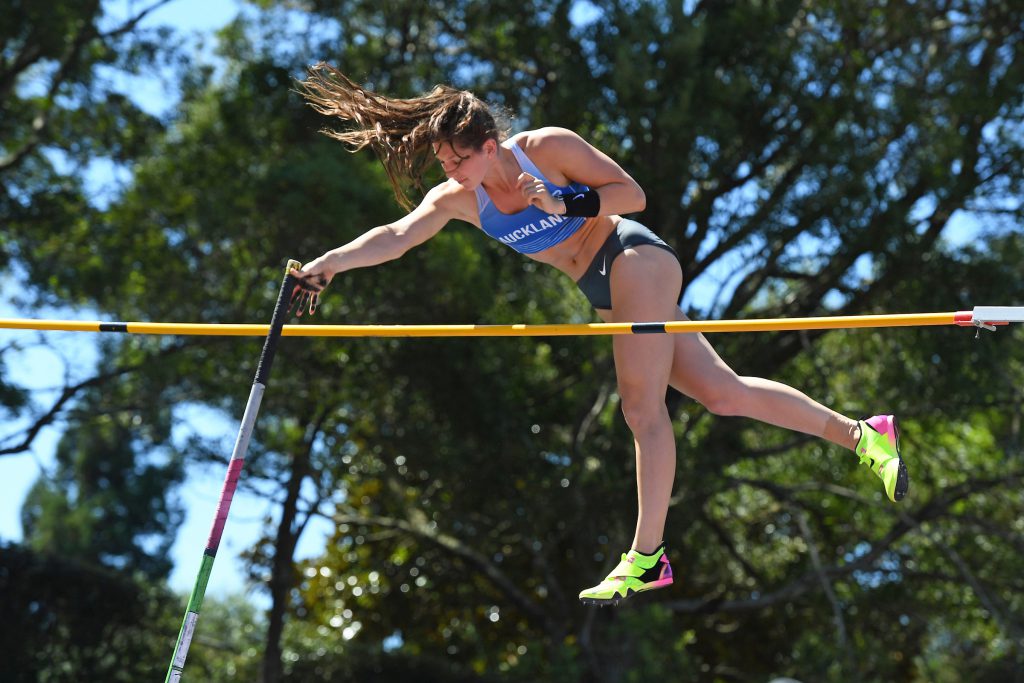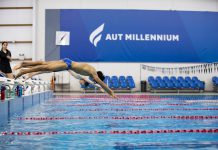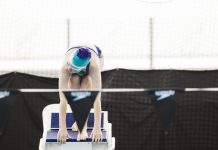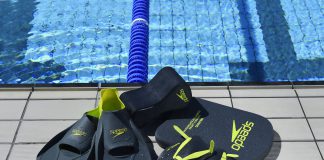Us physiotherapists often get asked about warm-up;
“Is it important?”
“How should it be done?”
“How long should it take?”
With the exception of a few sports (the most widely recognised being football) there is a real lack of consistency about what we are trying to achieve and how we are trying to achieve it.
The short answer is YES, warm-up is important before sport and exercise.
The primary goal of warm-up is to reduce injury, but it can also help to optimise performance. Completing a purposeful warm up does a number of wondrous things for the body, including;
- improves blood flow
- reduces stiffness
- increases nerve condition rate
- improve the release of oxygen from the blood
There are two major categories for warm-up; one is passive and one is active. Passive includes external means to increase your temperature like hot showers, baths and heat pads. Since this isn’t particularly realistic and achievable to your average athlete, active warm-up – achieved through exercise – is far more common.
Research would suggest that 10 minutes of activity performed at 40-60% VO2 max (moderate intensity) is beneficial in reducing risk of injury by up to 50%. A 5 minute rest period before starting the actual sport / exercise can be utilised to improve short-term performance and prevent fatigue before you even begin. Including task-specific exercises (for example, jumping for basketball or side-stepping for football) can improve neuromuscular activation and enhance performance. A combination of dynamic, strength, balance, plyometric, agility – depending on the sport – controlled contact exercises can be utilised. Static stretching, on the other hand, has been shown to reduce sprint performance, and shows no direct relationship with reduced injury therefore is not advised before exercise.
Not only are there physical benefits to be gained, but psychological ones as well!
Studies suggest that athletes who complete a physical warm up – or even a mental one – feel more prepared for their event. This in turn boosts confidence and permits them greater time to concentrate on the task at hand. Pre-event routines were identified as a distinguishing component of successful Olympians.
 Using the information given, a warm-up is going to look different for different sports. What someone might do for lifting weights is going to be very different to a hockey player for example. To give you some ideas, a list of useful warm-up exercises based upon research for sports that require running are listed below. Use your knowledge of your personal history of injuries, common injuries in your sport and movements specific to your sport to build your own, reaching at least 10 minutes!
Using the information given, a warm-up is going to look different for different sports. What someone might do for lifting weights is going to be very different to a hockey player for example. To give you some ideas, a list of useful warm-up exercises based upon research for sports that require running are listed below. Use your knowledge of your personal history of injuries, common injuries in your sport and movements specific to your sport to build your own, reaching at least 10 minutes!
| DYNAMIC
EXERCISES
|
STRENGTH EXERCISES | PLYOMETRIC EXERCISES | AGILITY
EXERCISES |
| Jog lengths / laps 2 mins | Calf raises 30 seconds x 2 sets | Hopping on the spot 15 secs x 2 each leg | Run quick drills between cones forward and backwards – cones 10m apart x 5 |
| High knee running 1 min | Squats 30 secs x 2 sets | Squat jumping on spot
20 secs x 2
|
Run quick drills between cones 10m apart side to side x 5 |
| Kick heels to buttocks while running 1 min | Planks – front and side 30 secs x 2
|
side to side jumping
20 secs x 2 |
Run quick drills between cones 10m apart diagonally x 5 |
| Side gallop / grapevine both directions 1 min | Push ups 30 secs x 2
|
Hopping / jumping forwards and backwards 15 secs x 2 | Run E drills (cones separated to mark out a capital E requiring forward, back and side to side running) x 5 |
| Bounding (large leaps landing on the ball of the foot) 1 min | Lunges / walking lunges 30 secs x 2
|
Hopping / jumping side to side 15 secs x 2 | |
| Skip running with high knee 1 min | Single-leg stand with / without ball passing
30 secs each leg |
Hopping / jumping diagonally 15 seconds x 2 | |
| Straight leg skipping for 1 minute (a dynamic stretch for the calves) |





































